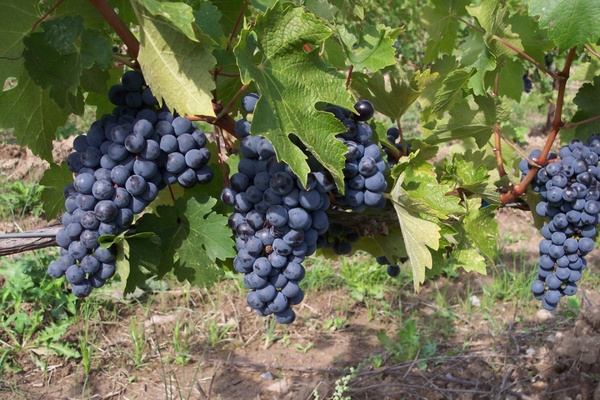
by Lorri | Nov 15, 2017 | UnCorked
I always love any reason to celebrate, but when it’s considered a “National Day” and includes wine, that’s even better. Today is National Zinfandel Day — a made-up worldwide celebration of the Zinfandel grape variety. The day celebrates and gives Zinfandel lovers around the globe a platform to express their passion for the grape and the wines made from it.
Numerous studies indicate the grape used for making California Zinfandel originated in Croatia, as it is genetically similar to an old varietal called Cljenak Kastelanski. Historians believe that in the 1820s a nursery owner brought Zinfandel cuttings that were Croatian in origin to the United States from an Austrian collection.
The Zinfandel name, however, is truly American, the earliest documented use of the name is when Boston nursery owner advertised “Zinfandel” for sale in 1832.
Zinfandel was introduced to California during the Gold Rush between 1848 and 1855. It was the top choice of the American alcoholic beverage consumer, even over whiskey. After the California Gold Rush, timber and wire were scarce. Production of Zinfandel grapes surged because they could easily be cultivated using traditional European “head pruning” techniques requiring a minimum of special equipment to grow. Zinfandel even found a niche in the homemade wine market, a legal loophole during Prohibition (1920-1933), while many other vines were being uprooted.
During Prohibition and the Great Depression, the U.S. wine industry weakened and most of the world had forgotten about this once popular grape. But in the 1960s vintners started handcrafting age-worthy wines blended to be “Bordeaux-like” wines. This was the change factoring in California’s path to high quality wines and Zinfandel was the distinguished grape among them.
In the 1970s a wave of blush wines started when California wineries began to draw free-run juice from Zinfandel grapes, fermenting it as “white” Zinfandel. This trend should be commended for the preservation of the old Zinfandel vines. Red table wines were decreasing in popularity and growers could have been forced to other varietals to keep up with consumer demand, leaving the old vines lost forever.
In 2006, then California state Sen. Carole Migden introduced a bill to designate Zinfandel as the official “historic wine of California.” The original reasoning behind appointing Zinfandel was to acknowledge its success in California, having been cultivated there since Gold Rush Days. Unfortunately, then-Gov. Arnold Schwarzenegger vetoed the measure.
Today, this grape continues to be celebrated not only for its historic influence on the American wine industry but its distinct style and flavor profile.
How will I be celebrating National Zinfandel Day? By sharing a bottle with friends and becoming a part of the global conversation. Connect with other Zinfandel lovers on social media with the hashtag #ZinDay.
THE VALUE
- 2015 Ridge Zinfandel, California (about $13 retail)
THE SPLURGE
- 2016 Artezin Old Vine Zinfandel, California (about $18 retail)
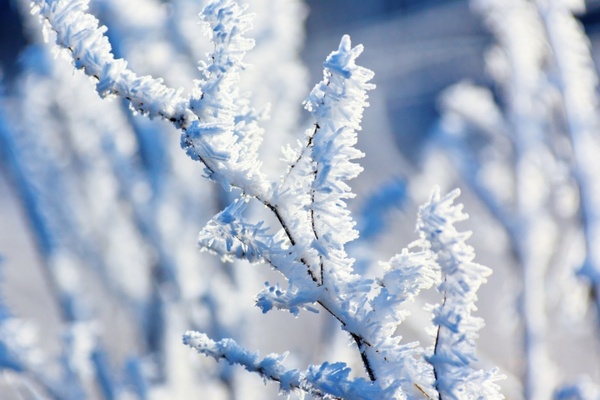
by Lorri | Nov 8, 2017 | UnCorked
With the weather finally in line with cravings for hearty soups and stews, it’s a good time for some pairing tests.
Soup with wine can be a notoriously difficult match. The challenge lies not in flavor, but texture. Both are liquids (for the most part, anyway) and, for many, there is conflicting appeal, or lack thereof, in eating a liquid and drinking a liquid at the same time.
But that’s not to say there aren’t good matches out there.
First, consider the texture and ingredients of the soup. Is it velvety smooth? Are there tender bits of vegetables suspended in clear broth? Or is it a hearty, rib-sticking stew with large chunks of beef and potatoes? Next, consider the main ingredient much like you would when you pair pasta or rice dishes.
While not a first thought for many, sherry is almost always the best and safest pairing with any soup. It’s a “go to” wine that will match into a wide range of soups. Dry Fino Sherry works beautifully with more delicate flavored soups and a dry amontillado or oloroso goes well for those with bolder or more earthy flavors.
With cream based soups, a medium- to high-acid wine adds welcomed freshness. It’s almost like a squeeze of lemon for a touch of flavor. Consider chablis, unoaked chardonnay, albarino or sauvignon blanc.
Very thin soups bring the liquid-upon-liquid debate into play, begging the wine to be a supporting cast member rather than the star. Consider dry amontillado sherry, dry madeira, gruner veltliner or dry German riesling.
Protein based soups containing meat, fish and beans are the most versatile and the pairing guidelines become broader. Remember to keep in mind the texture of the soup, but this is a soup where the spices and other ingredients can be your guide. Consider tempranillo with chile pepper, carmenere with beef stew, muscadet with clam chowder.
Unlike many dishes that always have a safe pairing option, soups are all about exploration. Use your dining experience — whether at home or out at a restaurant — as a palate-testing lab. And don’t forget to take note when you find the perfect match.
THE VALUES
- 2015 Chateau Ste. Michelle Riesling, Washington (about $12 retail)
- 2016 Monkey Bay Sauvignon Blanc, New Zealand (about $14 retail)
THE SPLURGES
- 2015 Sandeman Don Fino Sherry, Spain (about $19 retail)
- 2015 Christian Moreau Chablis, France (about $33 retail)
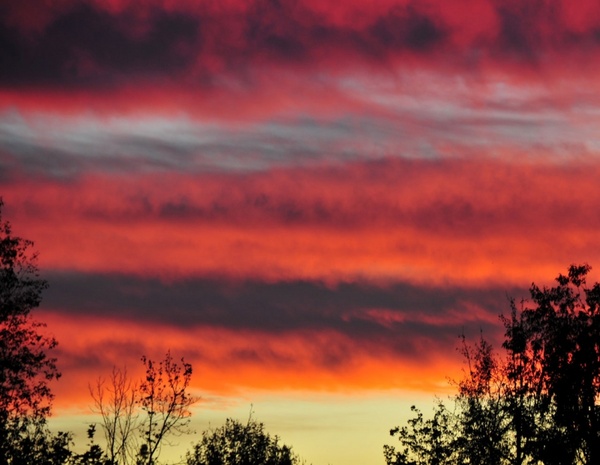
by Lorri | Nov 1, 2017 | Blog, UnCorked
There is no other way to start this column other than to say my heart aches for the many people affected by the devastating fires in Northern California’s wine regions. I have been on the phone over the past several weeks touching base with some of my dearest friends, in not only business discussions but to offer my personal condolences on the sheer devastation and destruction they have endured. Our conversations quickly turned not to the devastation of the wines but to the loss of lives.
The vineyards will recover in time, but the loss of life is forever.
From all accounts, the immediate implications of the devastation are still being assessed, but in no way is this vintage — or the wine regions we have revered for decades — doomed. Many wineries in this region had almost 90 percent of their grapes harvested and some already in vats in the winery.
Most readers have questioned the effect smoke has on grapes and a finished wine. The industry refers to this as “smoke taint,” the result of smoke seeping into the pores of grape skins and grapevine leaves and becoming present in the juice. This generally shows up later in smoky or ashy wine aromas and taste of bitter, smoky and charred flavors. Smoke has affected vineyards as recently as the 2008 vintage in Mendocino and northern Sonoma where forest fires in Mendocino cast an eight-day smog of smoke over many vineyards.
A recent bulletin from the University of California Davis Department of Viticulture and Enology offered a wealth of information on this subject. The grapes can’t simply be washed to remove the smoke. Washing grapes will remove the ash left by the fires from the exteriors but the compounds causing smoke taint are already inside the grapes. However, there are methods used to remove these smoke-derived compounds. One is reverse osmosis, a form of membrane filtration that can remove these compounds. But the UC Davis bulletin states that over time the taint may return because some of the smoke’s effects are temporarily bound up in the chemistry of the wine but can be released as the wine ages. Many experts in the industry believe this unlikely, as this method has improved dramatically over the last years and is a viable option. But, with much of the harvest in before the smoke covered vineyards, smoke taint is a risk for a small percentage. Numerous studies confirm that smoke taint does not linger in the grapevines and will not affect the quality of future harvests.
Here in Arkansas we may feel as if we’re too far away to help in the recovery, but one thing we can all do is simple: Buy Northern California wines with confidence in the resiliency of these communities that in their words, “are only stronger” and keep their devastation and recovery in our thoughts.
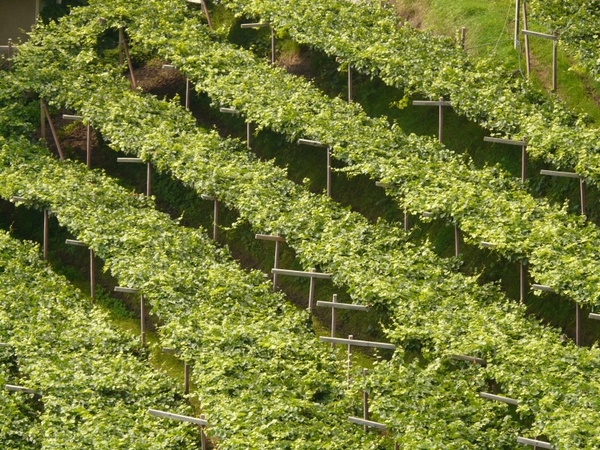
by Lorri | Oct 25, 2017 | UnCorked
Note: Wildfires have ravaged California’s wine country in recent weeks. I want to have all of the facts before I write about it. It’s still too soon to say how the fires will affect wine production. The good news is most of the winemakers I’ve talked with had harvested about 90 percent of their grapes before the fires.
When I meet winery owners I am always listening for the story behind their wines. Over lunch with owner Tom Gamble of Napa Valley’s Gamble Family Vineyard, his unique story resonated with me when he said, “I’m a farmer first.”
(My own family is rooted in Arkansas agriculture, which was the seed for my adventurous passion for wine study.)
Gamble’s story confirmed one of my firm beliefs: The essence of a great wine starts with the guiding hand of agriculture.
In 1916, Gamble’s grandfather Launcelot Gamble first began cattle ranching and growing crops in Napa County. He passed not only his land but his fervor to his sons, Launce and George (Tom’s father.) As a third-generation Napa Valley farmer, Tom bought his first vineyard in 1981, taking on the task of farming some of the valley’s most sought-after grapes. The meticulous detail to agriculture and respected farming practices resulted in the opportunity to sell his grapes to vintners.
More than 20 years later, Tom founded Gamble Family Vineyards with the goal of producing wines that express the epitome of grapes coming from the distinct Napa Valley terroir. His shift from farming grapes to bottling his own wines was not an easy decision, “I didn’t know much about winemaking or wine sales, but I knew I had the land to work with.”
Tom practices a holistic approach to farming and winemaking focusing on the specific soil and climate of the Napa Valley. His wineries are certified Napa Green and Fish Friendly. With over 175 acres of grapes growing in some of the most sought-after regions (Oakville, Mount Veeder, Rutherford and Yountville) his grapes come to the winery ready to be made into astounding wines.
As we sampled his wines I could taste his commitment to his craft.
THE VALUE
- 2016 Gamble Family Vineyards Rose, California (about $22 retail)
THE SPLURGE
- 2012 Gamble Family Vineyards Paramount Proprietary Blend, California (about $90 retail)
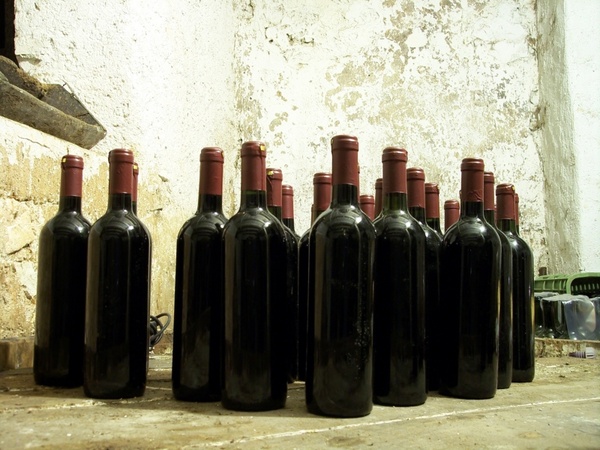
by Lorri | Oct 18, 2017 | UnCorked
Many years ago, I was given a bottle of wine that sparked my greatest wine dream: my own private wine cellar. A cellar designed with bottles lining a dark romantic room. Wines waiting among the spider webs while time works its magic. If you are fortunate enough to realize this idealistic cellar it is a significant achievement, but do we need a space in our homes to allow decades of wine aging?
One of the main reasons we buy wines to age is a simple case of supply and demand. If you let the producer, broker or wine shop store the aging wine, generally, it will cost more. Many wines in the past were produced with characteristics that needed time to mellow out and soften.
But the reality is most wines do not improve with age. Almost 98 percent of wine produced today is meant to be consumed fresh, with a shelf life of 3 to 5 years.
What makes today’s wines so different from those romantic stories of pulling out a 30-year-old Bordeaux or Burgundy that has finally reached its prime? A lot. One hundred years ago, grapes were hand harvested and put into baskets and thrown into open vats at the winery in hope Mother Nature would control the temperature and it would eventually become a fine wine.
Today, with dramatic changes in grape harvesting and winery technology, wines are crafted with more precision. Starting with the harvest of uniformly ripe grapes. Perhaps the largest impact is from “green harvesting.” A green harvest is when, a month or so before the actual harvest date, less ripe clusters of grapes are “dropped” or “eliminated.” These unwanted clusters are literally cut and dropped on the ground, allowing the vines to divert more energy on the riper grapes. Green harvesting has transformed the quality of modern fine red wines throughout the world offering the consumer a softer, finer tannin structure.
Advances in technology are allowing winemakers to pay meticulous attention to fermentation methods, timing of skin contact on the wine, temperature control, filtering and the use of small oak barrels. Each of these techniques makes red wines more approachable to drink with more integrated tannic structure.
I know some of you may be thinking, “but what about my classic Brunello or Barolos?” Those wines are the exception. But for the rest of us, those millions of other bottles lining retail shelves are ready to drink now and don’t require the coveted cellar space.
The conclusion: Unless you have strategically collected bottles intended for aging, it may be time to take stock of your collection and enjoy those bottles in the present.
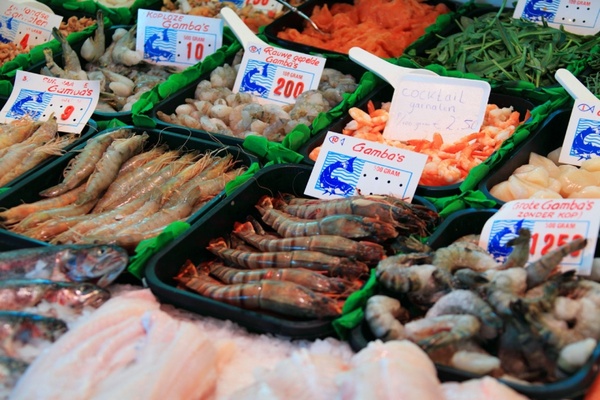
by Lorri | Oct 11, 2017 | UnCorked
Generally, this time of year my menu shifts from lighter foods (fresh vegetables, grilled chicken and fish) to robust comfort foods (pot roast, braises and chili), but I am learning more and more readers continue to seek out foolproof seafood and wine pairings, even as the weather cools.
I’ve scoured through my notes, revisited a few test pairings myself and hope these selections will make for an easy wine shopping list. Also, keeping with your requests, this week I recommended only values under $20.
ALBARINO AND PAELLA
The albarino grape could easily become your wine choice for any seafood and any preparation method. Paella generally has a mix of mussels, shrimp, clams, lobster and even meatier versions with chorizo. This grape, with its refreshing light-bodied crisp acidity, simply complements and does not overwhelm the seafood’s flavors as do many other wines.
THE VALUE
- 2016 La Cana Albarino, Spain (about $17 retail)
CHARDONNAY AND LOBSTER
Lobster is often a splurge, but chardonnay, hands down, pairs superbly with this exceptional seafood. This match works because of the delicious simplicity in cooking preparations. Lobster is usually steamed or grilled and served with melted butter and a splash of lemon. It’s these flavors setting up chardonnay as its pairing companion. If we consider the palate profile of most chardonnays, whether from Burgundy, Australia or California they will have citrus notes. This can be lemon, lime and sometimes grapefruit. Adding to the pairing combination is many chardonnays spend some time in oak, bringing out a rich buttery note to the wine. This also is a component offering the ideal pairing of the buttery dipping or cream based sauces.
THE VALUE
- 2016 Imagery Winery Chardonnay, California (about $16 retail )
PINOT NOIR AND SALMON
White wine may be the go-to for fish, but salmon and pinot noir share a divine food pairing relationship. I have attempted many pairings with salmon with different cooking variations. The ones matching best with pinot noir are those with a savory-sweet glaze, grilled and smoked. Lighter bodied pinot noir has just enough acidity to add a burst of flavor to complement the bold salty fishy notes. The only salmon preparation I have found in my notes with a minuscule conflict are those prepared with extreme spice and chile-heat.
THE VALUE
- 2016 A to Z Pinot Noir, Oregon (about $15 retail)
SAUVIGNON BLANC AND CRAB
Dungeness crab has a succulent fresh sweetness and pairs best with higher acidity white wines. The key is not to overwhelm the rich delicate flavor of the meat. Whether the crab is steamed or roasted, sauvignon blanc doesn’t take over and matches perfectly.
THE VALUE
- 2015 American Thread Sonoma County Sauvignon Blanc, California (about $19 retail)





